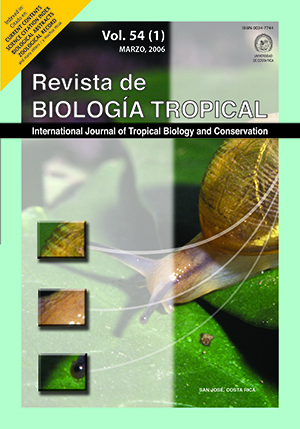Resumen
Earthworms are soil invertebrates that play a key role in recycling organic matter in soils. In Nigeria, earthworms include Libyodrillus violaceous. Aerobic and anaerobic bacterial counts, as well as fungal counts of viable microorganisms in soils and gut sections, were made on twenty L. violaceous collected from different sites on the campus of the University of Agriculture, Abeokuta, Nigeria. The samples were collected between April and November, 2002. Numbers of microorganisms were higher in castings and gut sections than in uningested soil samples. The guts and their contents also had higher moisture and total nitrogen contents than the un-ingested soils. Bacteria and fungi isolated from the samples were identified by standard microbiological procedures on the bases of their morphological and biochemical characteristics. Isolated bacteria were identified as Staphylococcus, Bacillus spp., Pseudomonas aeruginosa, Streptococcus mutans, Clostridium, Spirocheata spp., Azotobacter spp., Micrococcus lylae, Acinetobacter spp., Halobacterium for bacteria. Yeast isolates were identified as Candida spp., Zygosaccharomyces spp., Pichia spp., and Saccharomyces spp while molds were identified as, Aspergillus spp., Pytium spp., Penicillium spp., Fusarium spp and Rhizopus spp. Of the five locations examined, the refuse dump area had the highest numbers of both aerobic and anaerobic organisms, followed by the arboretum while the cultivated land area recorded the lowest counts. The higher numbers of microorganisms observed in the gut sections and casts of the earthworms examined in this work reinforce the general concept that the gut and casts of earthworms show higher microbial diversity and activity than the surrounding soil.##plugins.facebook.comentarios##

Esta obra está bajo una licencia internacional Creative Commons Atribución 4.0.
Derechos de autor 2006 Revista de Biología Tropical






